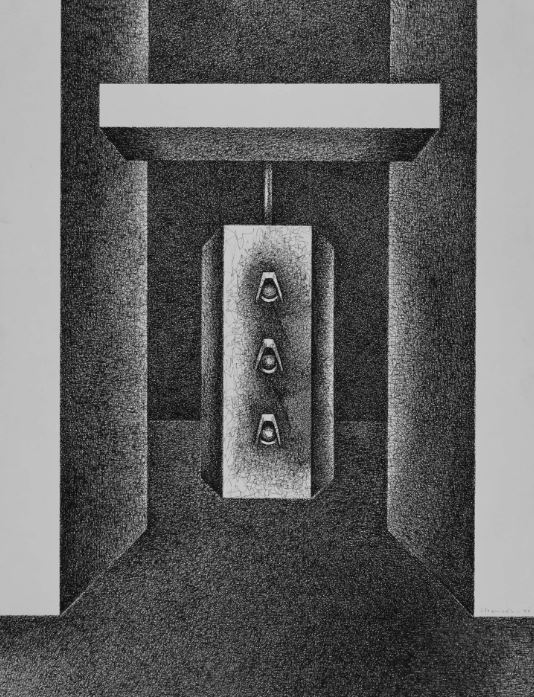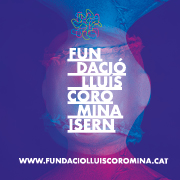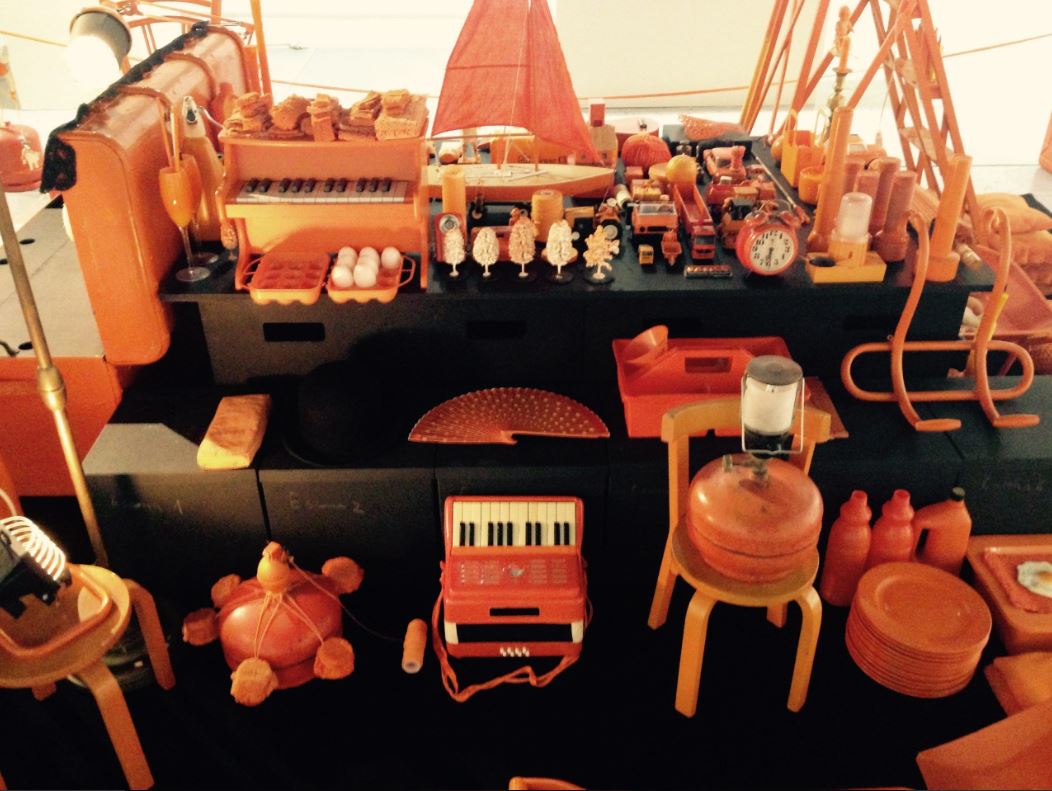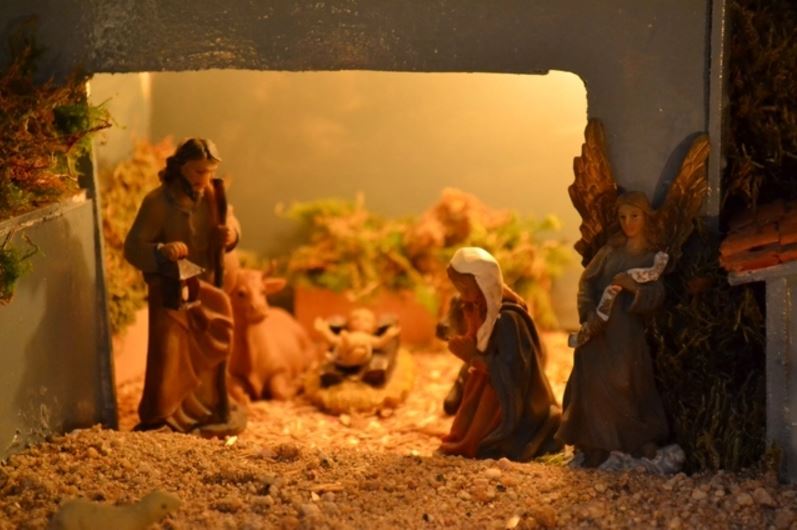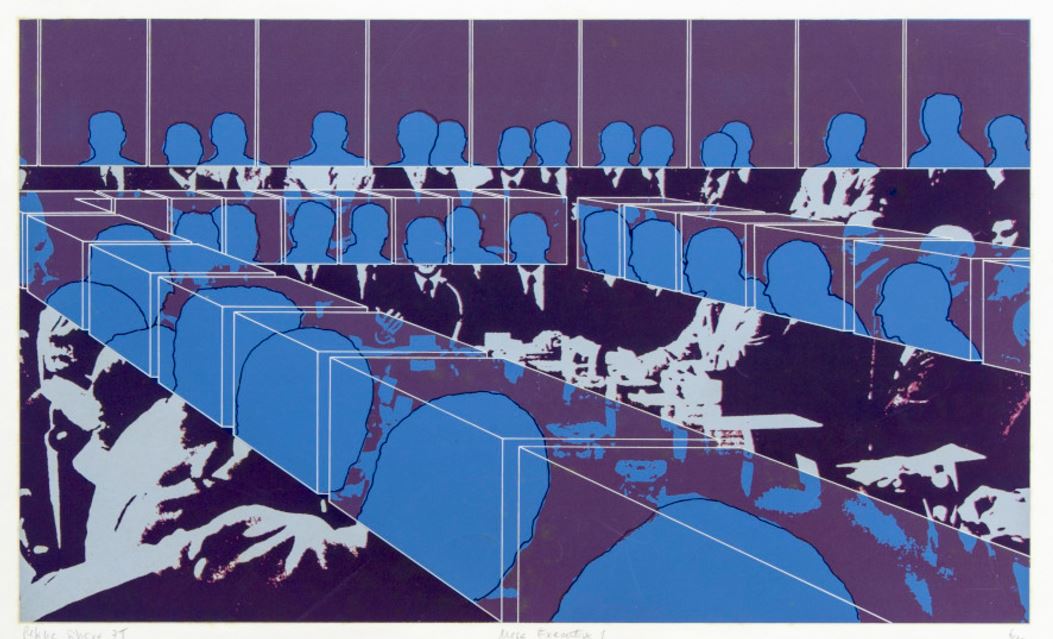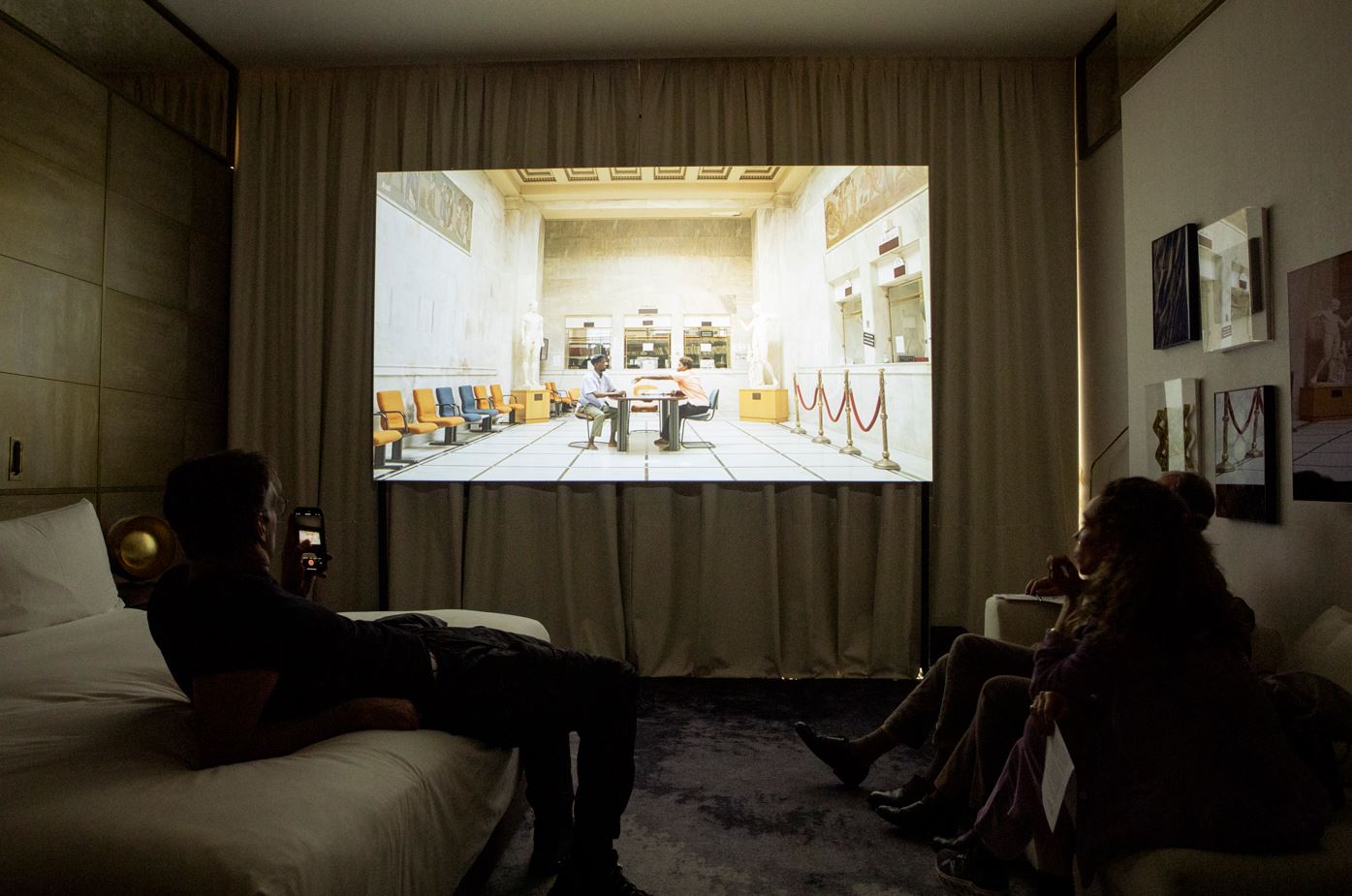Exhibitions
Juana Francés: a life through art
The IVAM commemorates its centenary with an exhibition that claims its unique trajectory.
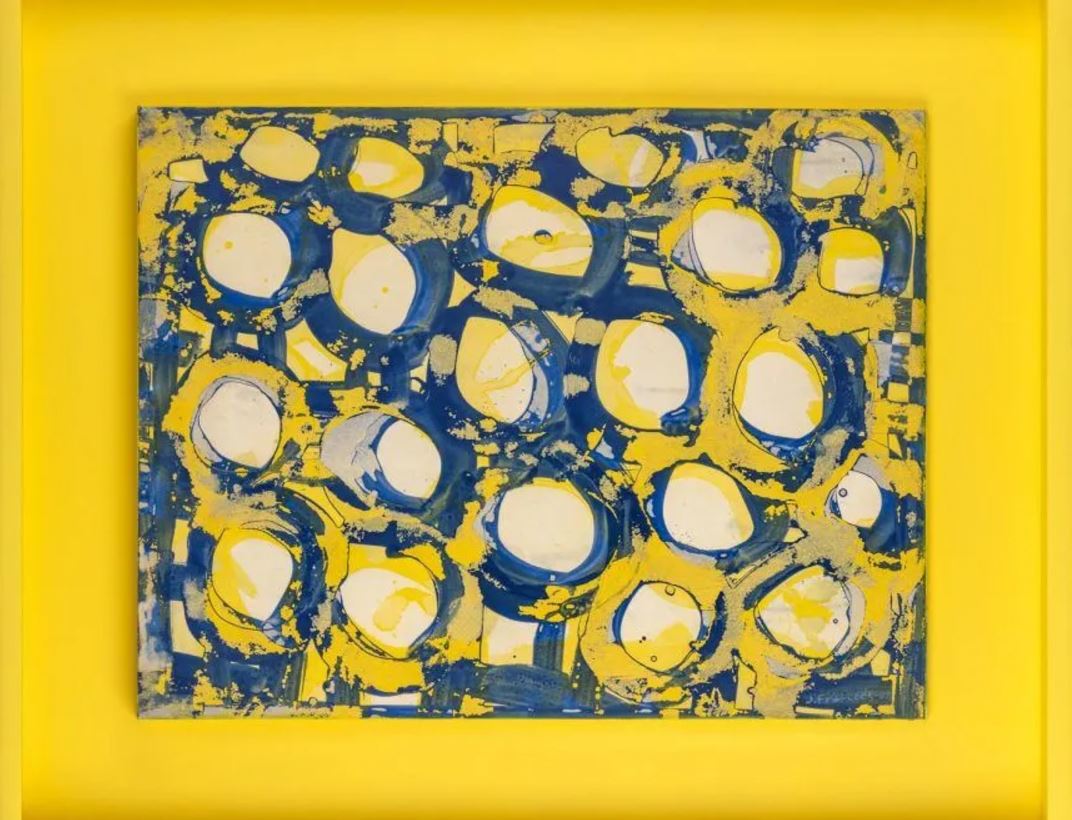
Despite the academic and moral rigidity of the Spanish cultural scene during the Franco dictatorship, Juana Francés (Alicante, 1924 - Madrid, 1990) emerged as one of the unique voices in an artistic world where female references were practically non-existent. Linked to the circles of the Madrid avant-garde of the fifties, Francés marked a milestone in the plastic renewal of the moment, claiming and evidencing, as many other female artists have done throughout history, the constant struggle of a woman in a hostile context dominated by men.
The IVAM wanted to vindicate his figure coinciding with the centenary of his birth and to question the place that has been assigned to him in the history of art. The exhibition, which can be visited until March, concludes its tour, already exhibited at the IVAM Alcoi and the Niemeyer Center in Avilés .
Juana Francés' artistic career could be divided into four well-differentiated stages, which do not follow a chronological order in the exhibition, but a conceptual one, underlining her creative duality: between figuration and abstraction, social criticism and material force. In a first stage, at the beginning of the 1950s, his figurative Italian work evokes the silence and incommunicado of post-war Spain, influenced by the Italian art of the Novecento. Paintings full of geometric figures, maternity and mouthless female portraits become visual metaphors for withdrawal and anguish.

Later, already immersed in informalist abstraction, she was part of the El Paso group, from which she distanced herself due to the undervaluation of her art due to her status as a woman. During this period, she explored textures, solid colors and materials such as sand, anticipating the material expressiveness that would characterize her years later.
The most critical block of his production, however, is in the series 'El hombre i la ciudad' (1963-1979). Here, the artist denounces the oppression of modern man in an industrialized and dehumanized environment. His works, full of found objects and various materials, highlight the tension between technological advances and the deterioration of the human condition. Through this language, Francés rebels against loneliness, alienation and excessive consumerism and shows a world where the machine becomes both salvation and condemnation.
In his compositions, the supports loaded with found objects—stones, bricks, coins, ceramics—refer to places and customs of Spanish geography, such as Alicante houses or agricultural work, highlighting the fusion between man and vestiges of their surroundings.
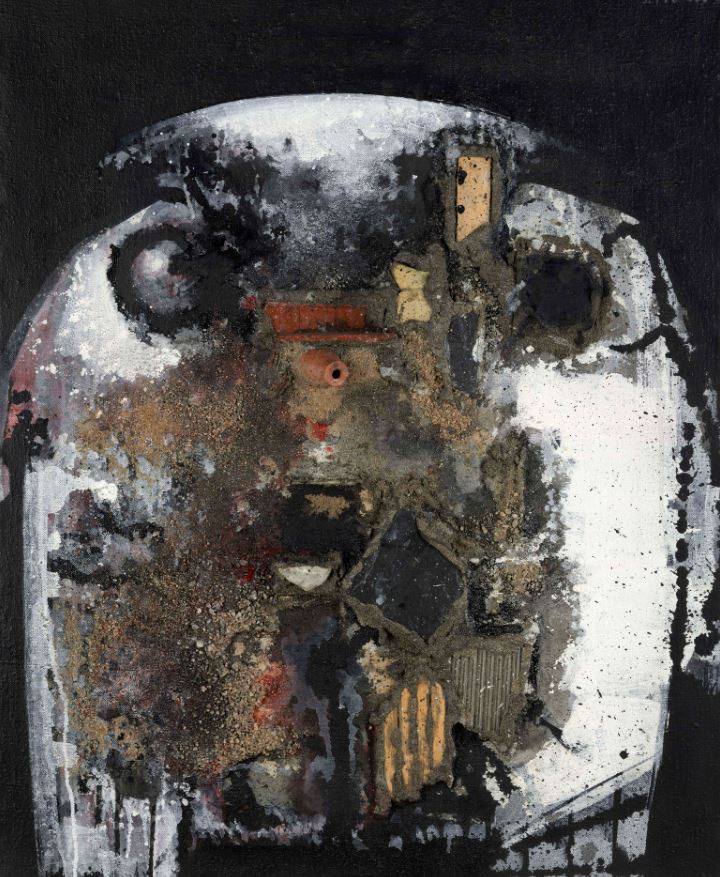
Towards the eighties, already in the final phase of his work, the artist returned to abstraction. Inspired by the cosmos and the deep sea, Juana Francés played with simple geometric shapes such as the circle and the rectangle, translating movement and textures to the support with a renewed material experimentation. It is clearly seen in series such as 'Fondos submarinos, cometas y escudos' (1980-1990).
With more than 130 pieces - including paintings, sculptures, engravings and drawings - from institutions such as the IVAM , the Contemporary Art Museum of Alicante , the Reina Sofia Museum and the Pablo Serrano Aragonese Institute of Contemporary Art , this exhibition also includes unpublished works that have never been exhibited before.
It is an approach to her figure through personal archives and reflections, a tribute to her career and a call, once again, to reconsider the role of women artists in history and value their contributions as indispensable.
